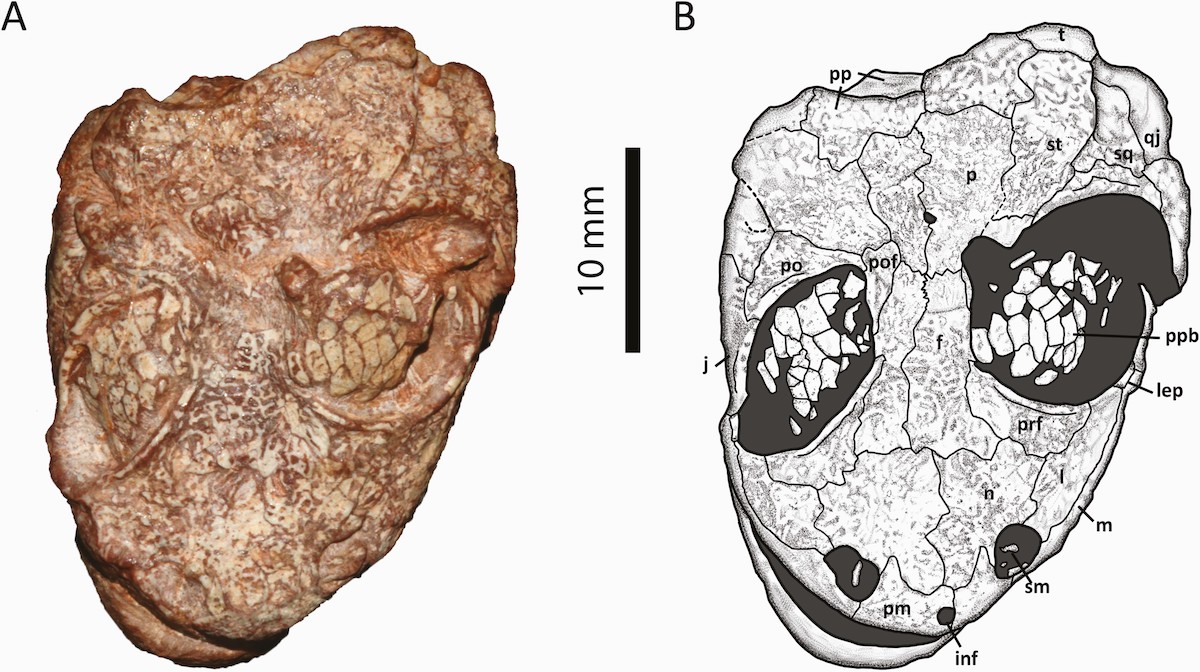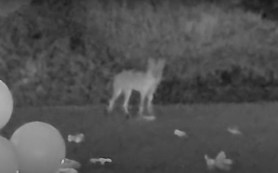

Scientists named a newly discovered species of ancient amphibian after Kermit the Frog, bringing everyone’s favorite frog puppet to life in a new way. Unfortunately, Kermitops gratus was extinct long before humans roamed the earth, making K. gratus Kermit’s distant ancestor, in a way.
Videos by Outdoors with Bear Grylls
In a newly published research paper, scientists from George Washington University and the Field Museum of Natural History detail how they discovered Kermitops gratus among the collection of fossils at the Smithsonian’s National Museum of Natural History. Paleontologist Nicholas Hotton III originally unearthed the fossilized skull in Texas in 1984.
The Smithsonian reports that Hotton and his team had unearthed so many fossils during the 1984 Texas trip that this skull was not studied extensively. The proto-amphibian skull remained in the Smithsonian’s collection until researchers Calvin So, Jason D. Pardo, and Arjan Mann decided to take a closer look.

Upon examining the fossilized skull, researchers determined its features were so unique that it represented a new genus, now named Kermitops. The Smithsonian says that by examining the fossil, researchers could see that Kermitops gratus had an “elongated, curved snout” similar to a salamander. Plus, the region behind the animal’s eyes was comparatively much shorter, possibly giving it a cartoonish quality.
The researchers estimate the fossil is 270 million years old.
A living species of frog is also likened to Kermit. The tiny glass frog Hyalinobatrachium dianae lives in Costa Rica, and looks like Kermit’s doppelgänger.










